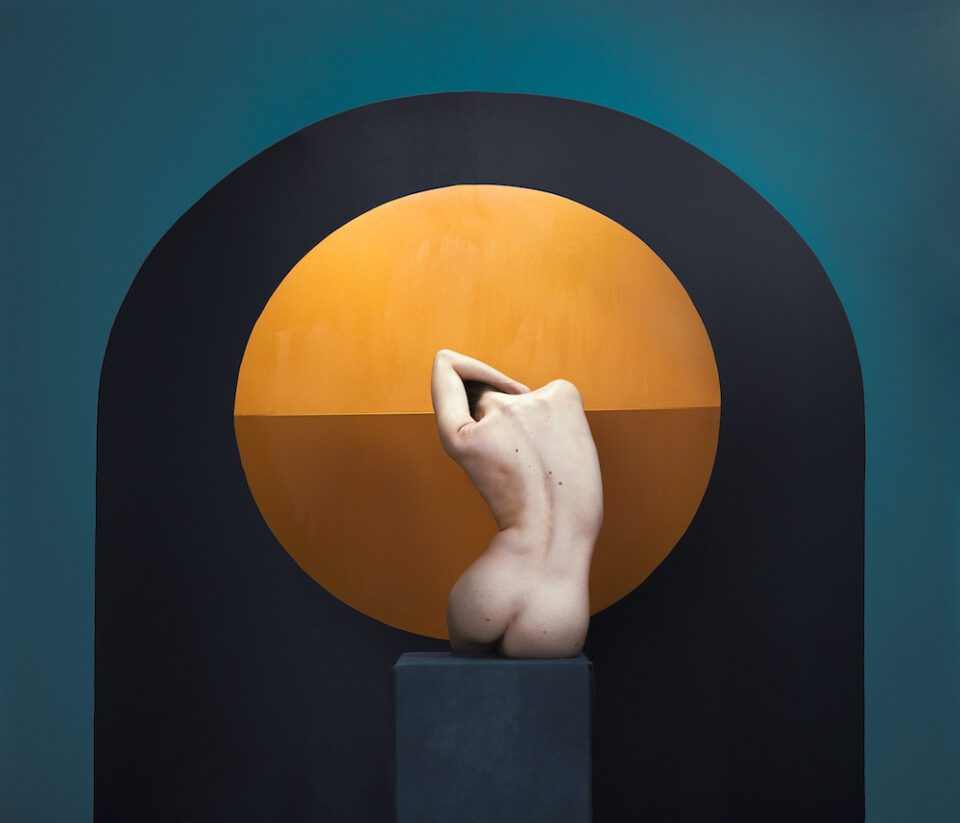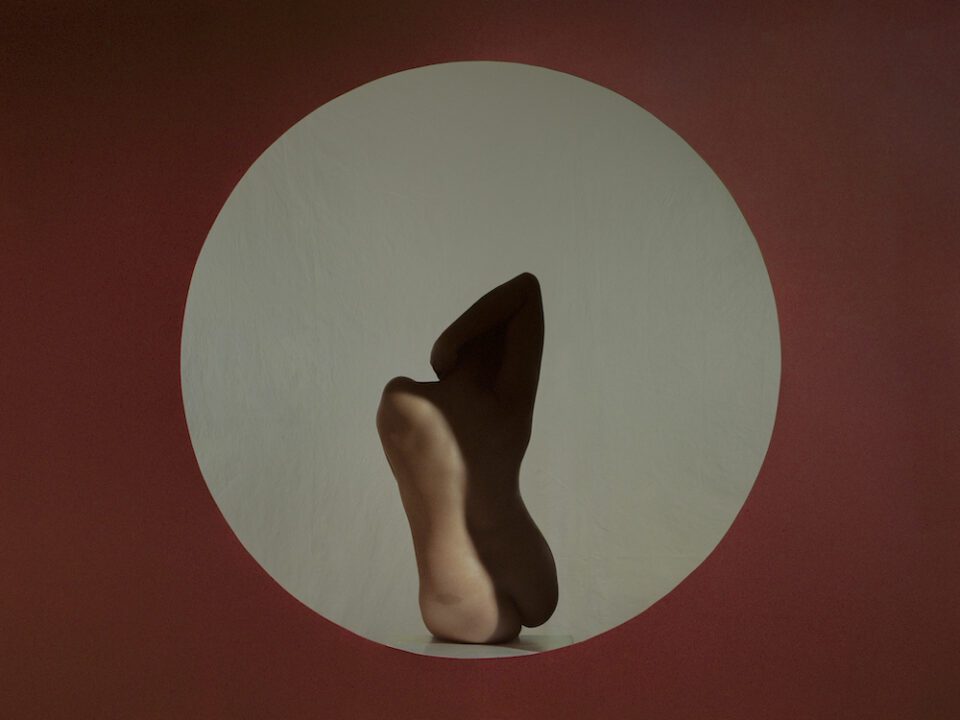In 1704, scientist Isaac Newton published Opticks, the result of many years researching light and colour. By splitting white light, he had identified the visible range of colours: the rainbow spectrum. “It is a pure, simple and universal order,” writes Alexandra Loske in Colour: A Visual History (ILEX, 2019). “It is most commonly visualised as a scale, a ring, a wheel or as light entering and exiting a prism.” Today, we might associate this image with Pink Floyd’s iconic The Dark Side of the Moon album cover.

Mexico City-based artist Rodrigo Chapa (b. 1987) draws on this legacy, producing scenarios which explore the psychological implications of colour: an idea which dates back thousands of years and is now used extensively – from marketing to interiors. “How many of us stop to analyse our feelings and reactions to colours?” asked designer and writer Derek Patmore in Colour Schemes for the Modern Home (1933). “Modern science tells us that the colours we live with can make us either depressed or happy.” Blue, for example, evokes peace and tranquility – yet also melancholy. Orange is associated with warmth or energy.


Chapa puts these ideas into motion, filling geometric shapes with golden yellows, cerulean blues and carmines. He positions human figures in front of bright arches, intersecting semicircles and glowing orbs. Bodies bend, twist and contort into sculptural shapes: standing on tiptoes, balancing on plinths or floating in mid-air. In this way, Chapa offers an abstract approach to figuration – combining expressive Bacon-esque bodies with Bauhaus forms. Each scene has its own sense of mood, dictated by the colours in the frame.

Words: Eleanor Sutherland
All images courtesy Rodrigo Chapa.





